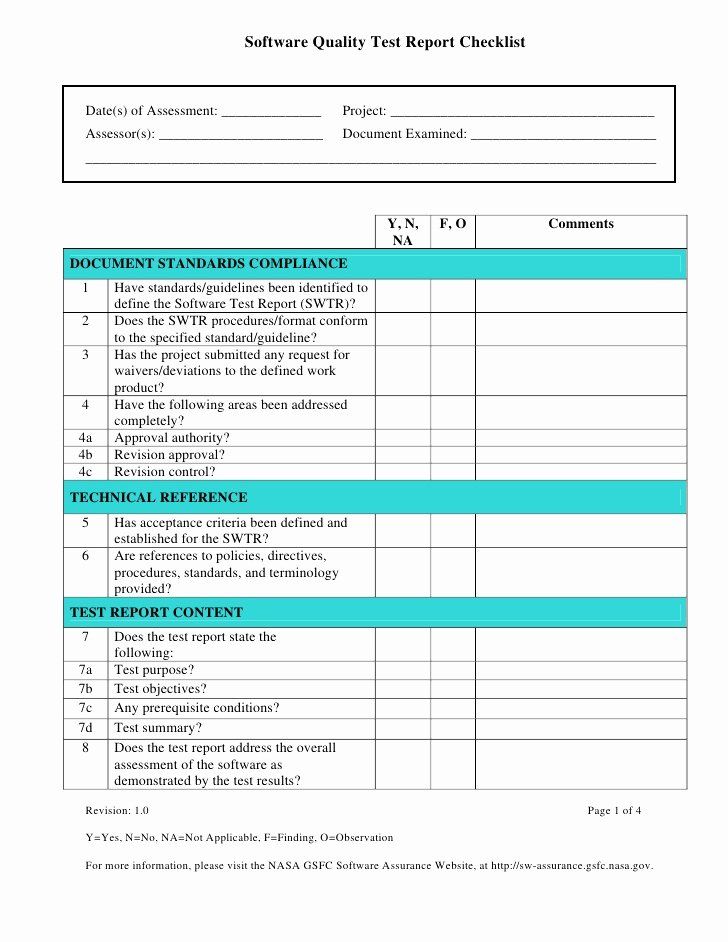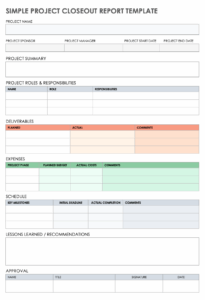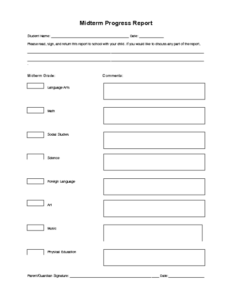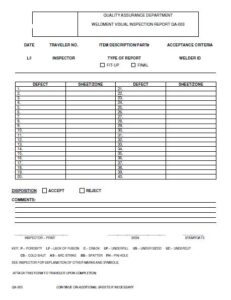In the fast-paced world of software development, delivering a product that not only works but excels is paramount. Quality isn’t just a buzzword; it’s a fundamental expectation. Ensuring this high standard means having robust quality assurance processes in place, constantly checking and verifying that everything functions as intended and meets user requirements.
But what good is all that meticulous testing and bug hunting if the insights aren’t effectively communicated? This is where a well-structured quality assurance report becomes indispensable. It’s the bridge between the QA team’s findings and the project stakeholders, providing a clear, concise snapshot of the product’s health, identified risks, and readiness for release.
Crafting such a report can feel like a daunting task, especially when you are juggling multiple projects and tight deadlines. That’s why having a reliable framework, a solid software quality assurance report template, can be a game-changer. It streamlines the reporting process, ensures consistency, and guarantees that no crucial details are overlooked, making your team’s efforts truly shine.
What Goes Into a Great Software Quality Assurance Report?
When you sit down to compile a quality assurance report, you’re not just listing bugs; you’re telling a story about the software’s journey towards perfection. A truly effective report goes beyond raw data, offering context, analysis, and actionable recommendations. It needs to be comprehensive enough to satisfy technical teams, yet clear enough for non-technical managers to grasp the bigger picture. Think of it as the ultimate health check for your application.
A good software quality assurance report template will guide you through the essential elements, ensuring you cover all bases. It usually starts with setting the stage, informing everyone about what the report pertains to.
Project Overview
Every report needs a header that quickly identifies the project. This section is all about context. What’s the name of the project? What version are we talking about? When was this round of testing performed? Who was involved? These details ground the report and make it immediately clear what product and timeframe are being discussed.
Test Scope and Strategy
It’s crucial to define the boundaries of your testing. What aspects of the software were covered, and what was intentionally left out? Briefly explain the testing approach used – was it functional, performance, security, or a combination? Mentioning the testing environment is also important, as it helps interpret the results. This transparency helps stakeholders understand the depth and breadth of the QA effort.
Test Results Summary
This is often the first place people look. A high-level summary provides an immediate understanding of the overall quality status. Visual aids like charts or graphs can be incredibly effective here, but simple numbers work too. You want to convey the big picture without getting bogged down in specifics just yet.
- Total Test Cases Executed
- Passed Test Cases
- Failed Test Cases
- Blocked Test Cases
- Overall Pass Rate Percentage
After the summary, you’ll delve into the specifics. What were the critical issues? Were there any showstoppers? This part of the report is where you start to unpack the details behind the summary figures.
Detailed Defect Analysis
This section is where the nitty-gritty of individual issues resides. For each significant defect, you should provide a brief description, its severity (e.g., critical, major, minor), its priority (e.g., high, medium, low), and its current status (e.g., open, closed, retested). This level of detail allows developers to understand and address issues efficiently, and management to assess risk.
Recommendations and Next Steps
Beyond simply reporting findings, a valuable QA report offers insights and recommendations. What are the key takeaways from this testing cycle? What actions should be taken next? This might include suggestions for further testing, areas for refactoring, or adjustments to future development plans. It transforms the report from a mere data dump into a strategic document.
Crafting Your Own Software Quality Assurance Report Template
While ready-made templates offer a fantastic starting point, the most effective software quality assurance report template is often one that’s been tailored to your specific team, project, and organizational needs. Every project is unique, with different stakeholders, development methodologies, and regulatory requirements. A one-size-fits-all approach might miss crucial information or include irrelevant sections, making the report less impactful.
Think about the audience for your report. Are you presenting to technical leads, product managers, or executive leadership? The level of technical detail, the emphasis on certain metrics, and even the language you use might need to adapt. A template should be flexible enough to accommodate these nuances, ensuring clarity and relevance for everyone who reads it.
When you’re building or customizing your own template, consider these aspects:
- **Consider your audience:** What do they *really* need to know?
- **Align with project methodology:** Does it fit Agile sprints, Waterfall phases, or something else?
- **Include metrics that matter:** Focus on key performance indicators (KPIs) relevant to your project goals.
- **Automate where possible:** Can any data be pulled directly from test management tools?
- **Regularly review and refine:** As your processes evolve, so should your template.
A customized template isn’t just about saving time; it’s about making your QA efforts more transparent, actionable, and aligned with your broader project objectives. It becomes a living document that grows with your team.
Ultimately, a well-executed quality assurance report is more than just a formality; it’s a vital communication tool that underpins successful software delivery. Whether you’re a seasoned QA professional or just starting, leveraging a structured framework helps ensure that your findings are clear, consistent, and contribute directly to the overall quality of the product.
By regularly providing comprehensive insights into the software’s state, you empower development teams to build better products, project managers to make informed decisions, and stakeholders to have confidence in what’s being released. This continuous loop of testing, reporting, and improving is what truly elevates software from good to exceptional.




